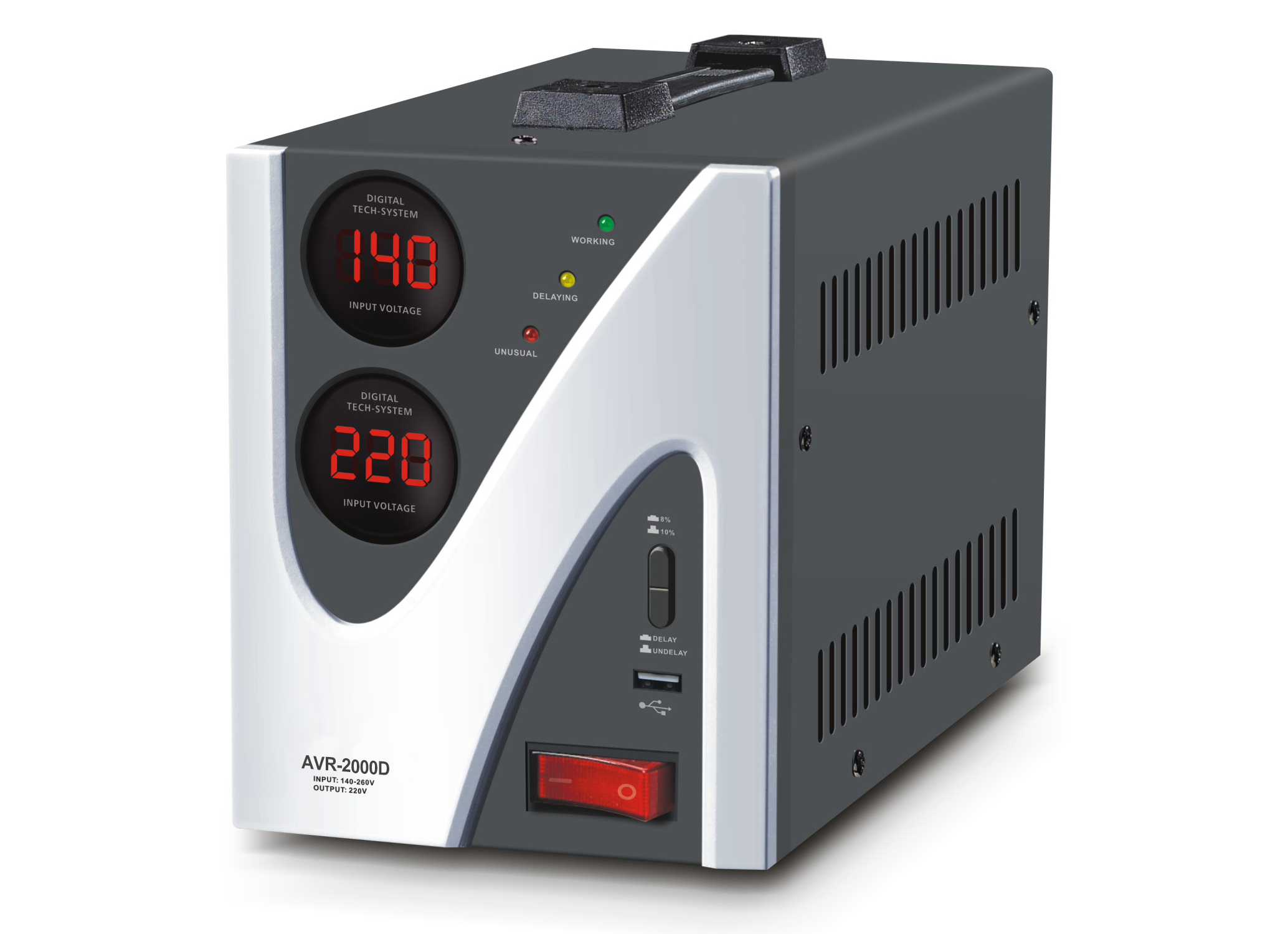The automatic voltage regulator (AVR) is a good choice for many applications where electricity supply is not continuous and the AVR must be activated periodically to maintain a constant supply. This device has many uses including monitoring and controlling the voltage supply, load regulation, and regulating the power output.
An AVR is a passive electrical load that can be used in an industrial or residential application. With many types of relays and transistors built into the unit, it is available in different configurations for different kinds of applications. By understanding the many variations of the AVR, it is easier to choose a control system for your specific application.
One of the many different types of AVRs is the relay type, automatic voltage regulator. An AVR that utilizes relay switches is the most commonly used type in industrial and commercial applications. These types of systems are often combined with other types of mechanical controls.
It is possible to find a variety of combinations in a standard or customized design for the relay type automatic voltage regulator. This is because some devices, such as these relay switches, can be programmed. With programming, you can change the settings in a variety of ways. These variations allow you to create one-off units that are designed for specific applications.
As a result, it is also possible to find products that are specific types and configurations for multiple applications. For example, some products that are engineered for specific applications may have their own set of controls. This allows you to create devices that are customizable for the specific application that they will be used in.
Controlled by the Bipolar Transistor (BTR) technology, this device can regulate and change the flow of power from either supply voltage or load voltage. As a result, it is important to know the differences between each variety of AVRs. Each device type will have a different set of features and functions that affect the power level of its output. Understanding these differences will allow you to choose a system that is specific to your application.
Another characteristic of the BTR type automatic voltage regulator is the flexibility to work with temperature ranges. Since it can be directly wired or through an electric outlet, it can be designed to be used with any power source. It also includes a thermal break, which is a core resistor that conducts electricity from a cold input range to a warmer output range.
It should be noted that the resistance range that an AVR has is used when programming the device. A device that has higher resistances than this range can be programmed to perform functions that are not usually found with this type of device. However, if the resistance range that the device has been below the correct range, it may be necessary to program the device differently to take advantage of the additional benefits it provides.

Relay type Automatic Voltage regulator AVR
The temperature range that the device has can vary. If it is directly powered through an electrical outlet, then the device has a fixed temperature range. However, some devices have an adjustable temperature range. This allows a user to set the output of the device to specific temperatures without affecting the device's efficiency.
The AVR can be turned on or off. Each type of AVR has different features and functions. To prevent damage, it is best to read the instructions for setting up the AVR before setting it up. While it is possible to program an AVR using a standard programming guide, it is generally recommended that the user use a PC or laptop computer program that allows them to program the device from the comfort of their home.
By knowing the differences between the relays type automatic voltage regulator, you will be able to purchase a system that is right for your specific application. It is also helpful to understand the different variations of the BTR technology since there are many different types of relays and transistors available for this device. configuration.